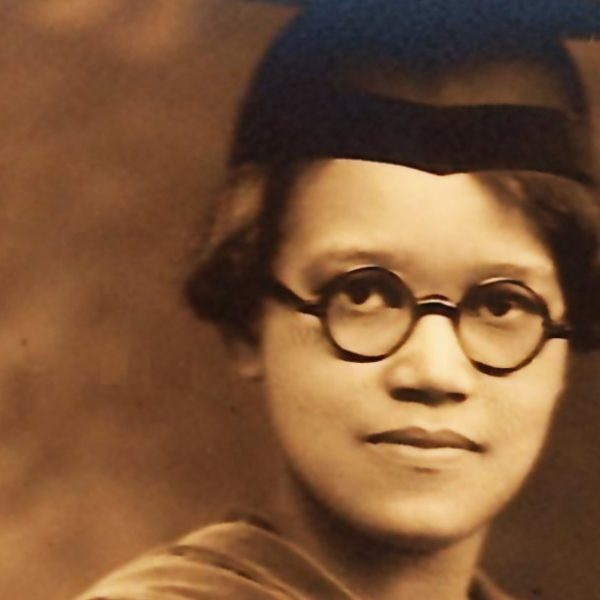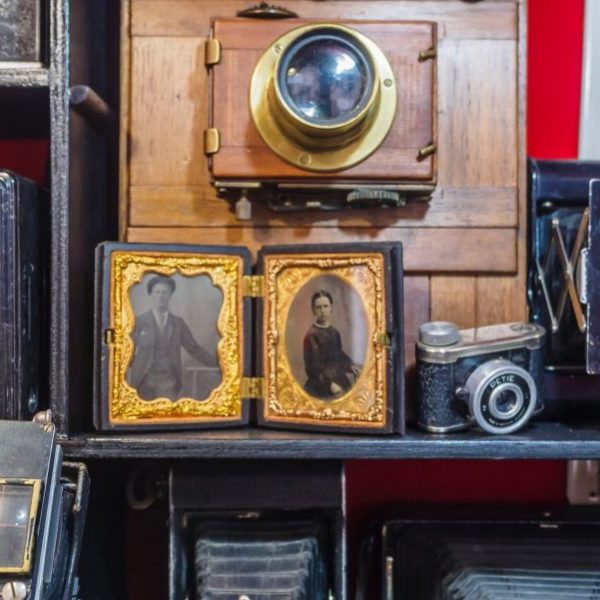The Brown Bomber
Boxing is arguably the most intense of individual sports—high stakes, blood, sweat, and (involuntary) tears, all eyes on you in the ring. It’s no mean feat to hold the title of world heavyweight boxing champion for nearly twelve years. In fact, it’s a record still held today, over sixty years after it was set. Under these lights is how Joe Louis obtained his iconic status.
Like so many of the sports figures we best remember and celebrate, Joe Louis contributed greatly to the wider culture of blacks’ place in America. An instant hero for African-Americans, Louis’ rise  to nationwide hero came in 1938 when he entered a rematch with German boxer Max Schmeling, who had brutally defeated Louis in 1936. As Randy Roberts notes in his biography, Joe Louis: Hard Times Man, nearly 100 million people heard the broadcasted fight, and at a time when anti-Nazi and anti-fascist sentiments were on the rise, Louis was symbolically poised to defend American values by facing off against Schmeling, one-on-one. The fight took place on June 22, 1938, a year to the day after Louis had secured his title, back in Yankee Stadium where Schmeling had won before.
to nationwide hero came in 1938 when he entered a rematch with German boxer Max Schmeling, who had brutally defeated Louis in 1936. As Randy Roberts notes in his biography, Joe Louis: Hard Times Man, nearly 100 million people heard the broadcasted fight, and at a time when anti-Nazi and anti-fascist sentiments were on the rise, Louis was symbolically poised to defend American values by facing off against Schmeling, one-on-one. The fight took place on June 22, 1938, a year to the day after Louis had secured his title, back in Yankee Stadium where Schmeling had won before.
The second Louis-Schmeling match connected democratic America and fascist Germany in a compelling, dramatic narrative. The contest focused America’s attention on the differences between American and Nazi ideologies, throwing anti-Semitism and racism into sharp relief. Making the matter even more vivid, a black man became the symbol of the American way of life. Joe Louis, the son of a sharecropper, carried the mantle of democracy, racial equality, and the rule of law. On the surface, the fight would settle once and for all who was the rightful heavyweight champion. But just beneath the surface, visible to all, swirled important political, social, and cultural issues. The fight tracked in conflicts between political orders and world systems, between shining goods and indescribable evils. As America and the world pitched toward war, Joe Louis became one of the iconic images, the irreducible core, of the conflict.
In just over two minutes, Schmeling was out.
Louis became a touchstone figure for all Americans throughout the mid-century and into the Civil Rights movement. When he volunteered to enlist in the army, his image was widely used in the media to recruit African-Americans for WWII. He was the first African-American to appear at a PGA Tour event in 1952. Noted figures like Lena Horne, Jackie Robinson, Dr. Martin Luther King, Jr., and Jimmy Carter referenced the inspirational qualities of his career fights. We remember him as a fighter, but Roberts’ portrait, removing certain mythologies of his celebrity, presents the true legacy of Joe Louis as a man.



